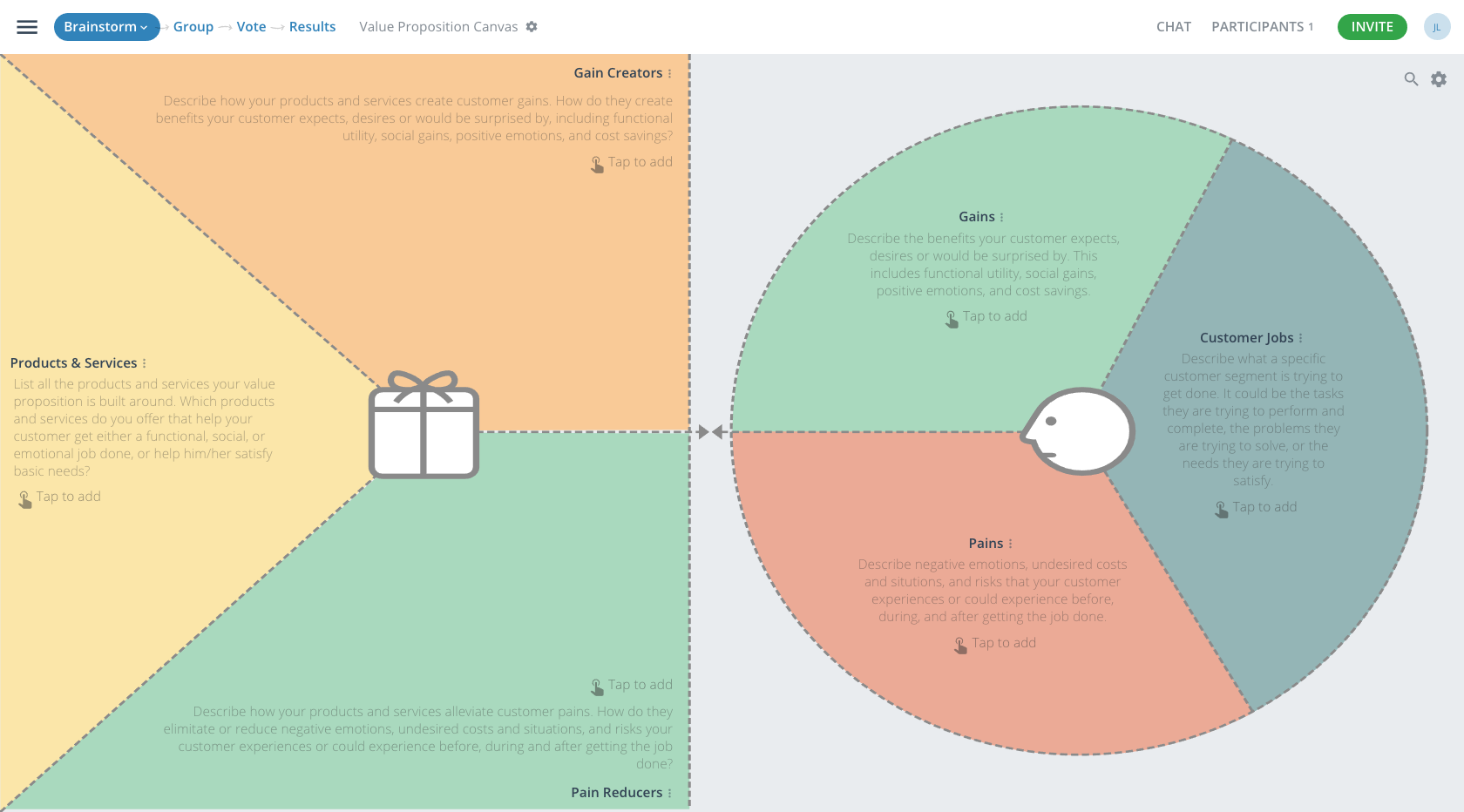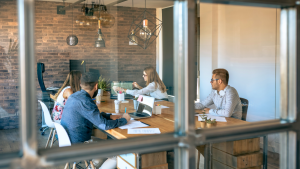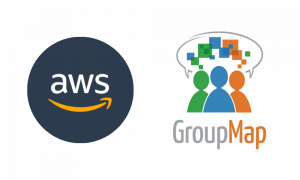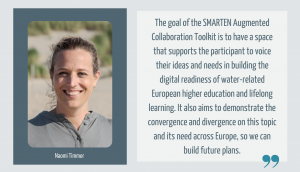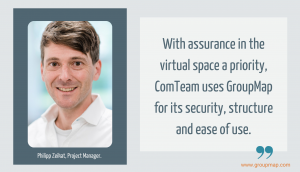
One of the major goals of any workshop is effective brainstorming and the equal and free sharing of ideas. With Government Forums and workshops, transparency and being time efficient is also key. In this case study, we look at the facilitation techniques used by IAF Facilitator and Author Paul Nunesdea at a well reputed Government Health Forum.
Event Background
Since 2008, the Annual National Forum on Alcohol and Health (locally abbreviated as FNAS) sees members of both the government and non-government sectors workshop issues on alcohol and its impact on public health.
This forum is organized by the General Directorate for Intervention on Addictive Behaviors and Dependencies. (Serviço de Intervenção nos Comportamentos Aditivos e nas Dependências or SICAD).
 (Photo source: https://www.architectingcollaboration.com/the-world-has-changed)
(Photo source: https://www.architectingcollaboration.com/the-world-has-changed)
In May 2019, SICAD invited Paulo Nunes de Abreu (aka Paul Nunesdea) to facilitate the forum’s opening session. We learned how he uses his facilitation leadership style, along with various GroupMap templates to achieve his workshop outcomes.
Facilitator Background
Paul is a certified IAF practitioner at Col-Lab, Author of the book series “Architecting Collaboration”, PhD and proud father, manager and organizational psychologist. He obtained his PhD in Group Decision Making from the University of Lancaster. Paul started Col-Lab, the Iberian Summits of Healthcare Leaders in Spain and the Hospital of the Future Forum in Portugal.
He espouses the power and value of collaboration and teamwork. He devotes his research time into the principles, methods, and techniques that foster them. From the concepts of the facilitative leader to capitalizing on the efficacy of digital facilitation, Paul aims to develop the ideal fit between people and process to create change-making outcomes.

As Paul explains, “As an IAF (TM) Certified Professional Facilitator, I am aware that every meeting we design is a touchpoint for anyone to experience an engaging moment in their lives with a tangible purpose that you can measure.”
He specializes in digital tools for visual collaboration and group decision-making. Paul has designed interventions to optimize change and innovation in healthcare and education within regional and national governments. Since pioneering GroupVision in the 90’s, he has recently founded Col-Lab (Collaboration Laboratory), where he continues to work with managers, teachers, trainers and facilitators to achieve extraordinary results.
Workshop objectives and goals
Paul was approached to do a keynote speech to motivate participants to engage in the overall theme.
A secondary objective was to help the various FNAS members engage with other participants in their own intervention programs.
“The Deputy Director of SICAD asked us to select a topic,” Paul explains. “ After an intensive brainstorming session using GroupMap, the theme that was chosen by the facilitation team was: ‘How can we make the commercial communication of alcoholic drinks evolve in the sphere of sport?’”
The challenge, as Paul elaborates “ was to have the members of the FNAS, (who) normally work independently, to start work collaboratively among each other. That is to say, to increase the level of collaboration among members; to jointly accomplish their commitments and where their sense of identity of being a member of the FNAS is reinforced.”
The Facilitation Process Used
Simplicity was key, as Paul states “We started with the concept that less is more”
“Using blank templates, we created five maps, one for each session in the Agenda. The first map was used in the opening session, meaning that the delegates had access to all subsequent maps throughout the day”
Paul continues, “In the opening session, we have followed the 1-2-4-all group dynamic to collect participant’s inputs about the question. These were grouped in 5 categories and then subject to vote for selecting the most important ones.”
“The ideas were categorized according to the different focal points of the forum: awareness and education, legislation, inspection, decoupling of alcohol from sport, and the evolution of ideas.

Gathering all the ideas and sub-topics would have been cumbersome and time-consuming. But according to Paul, the participants were able to discuss and collect all the ideas in just under 60 minutes. “
“(GroupMap) was a critical element. Not just during the session, but also afterward to produce the detailed session reports at the push of a button.” Paul describes, “We managed to collect ideas from a large group of more than 50 participants that would otherwise be cumbersome and totally impractical in a 60-minute session.”
 (Photo source: https://www.facebook.com/pg/facilitargrupos/posts/)
(Photo source: https://www.facebook.com/pg/facilitargrupos/posts/)
Workshop outputs and participant feedback
Paul shares the overwhelmingly positive reaction that he got from the participants after the session. “(They had a) huge smile on their faces saying, ‘I really enjoy this session’, or ‘I have never been in a meeting like this before’, ‘thank you’,” exclaims Paul. “It is a blessing to receive such comments as it makes us feel that our work as group facilitators is really impactful and makes a contribution to change people’s attitudes and outlook.“
 (Photo source: http://www.sicad.pt/pt/Paginas/detalhe.aspx?itemId=283&lista=SICAD_NOVIDADES&bkUrl=BK/)
(Photo source: http://www.sicad.pt/pt/Paginas/detalhe.aspx?itemId=283&lista=SICAD_NOVIDADES&bkUrl=BK/)
Paul uses digital facilitation tool to augment his practice and techniques to bring out the best of both the analog and digital world of workshop facilitation. As Paul states, “I never cease to be surprised by the ease of use of this platform. I believe it helps me to bring tangible value to the customers who hire me.”
Further workshop tips and advice
We were curious to understand what tips and learnings Paul had from running the event. One of these was around reflection and closure when it came to digesting the information produced.
“In the debriefing session afterward, the facilitation team realized that we could have used GroupMap to collectively display results to the group and provide a better sense of closure. A simple way would be to invite the group to read out contributions made. They can then discuss how they felt their voice and comments are reflected in the results to ensure buy-in.”
Paul recommends facilitators familiarize themselves with GroupMap. He believes it is a valuable tool that can help in the flow and success of facilitation activities. As he states” Take the Swiss Army knife approach in choosing the right template to use. It’s like your Swiss Army knife when you go out into the woods. Same with GroupMap templates. Try out different templates to find out what works best for your facilitation activities.”
Thanks to Col-Lab, you can contact them to discover or find out more about the different templates they used for the workshops. You can inquire here.
Going beyond the face to face workshop
Another aspect that Paul finds useful with GroupMap is its remote accessibility. He recalls us about another experience where he had to conduct a workshop from a remote location. He was in Lisbon while the group was in Celfocus HQ in Oporto.
“I remember back in the 90s. I worked with LAN-based group decision support systems. It was so cumbersome to install the system and then have to train participants to use it. With GroupMap, it’s simple and there’s nothing to install. The facilitator can be remote,” he exclaims.
Paul was an expert speaker at the Remote Future Summit, the biggest virtual conference centered around the future of the remote workforce.
He ran an online workshop titled “What’s Facilitative Leadership and How Remote Work Immensely Benefits for it.” The session was centered around the concepts of the facilitative leader and how it requires a change to promote teamwork and group decision making.
 Source: https://www.architectingcollaboration.com/on-being-a-facilitator-vs-being-a-facilitative-leader
Source: https://www.architectingcollaboration.com/on-being-a-facilitator-vs-being-a-facilitative-leader
“The online participants completed a Survival On The Moon activity.” Paul explains,” A moon landing chart with 15 items is given to participants to rank in order of what they think is most important. They do this individually first. GroupMap instantly shows the overall group perspective. They can then debate and discuss to decide on an overall group ranking.”

“The challenge is not only to stay alive but to listen to every member of the team! Each person talks about their own view and the overall team view. This fosters communication and decision-making skills.” concludes Paul. “We could then debrief the results in real-time to illustrate the outcomes.”
Looking for an event or digital workshop facilitator?
Looking for a better way to facilitate workshops and meetings? Paul can be contacted via Col-Lab website or by e-mail to answer any questions or to elaborate on how he facilitates workshop outcomes.
